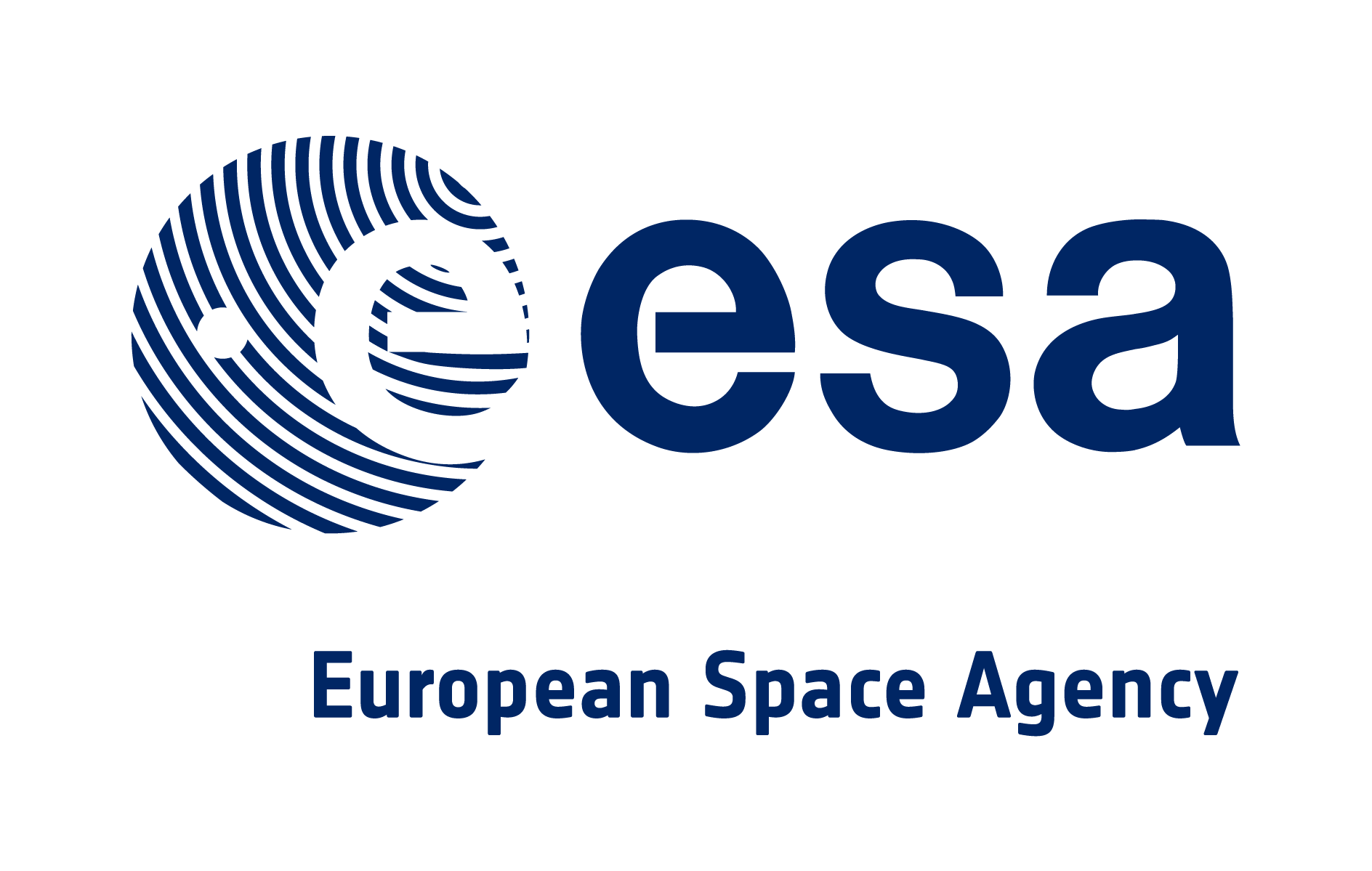Connected Seafarm offers a revolutionary approach to monitoring toxic algae blooms by combining earth observation technology with in-situ environmental monitoring. This integrated solution provides continuous, timely data on water quality and environmental conditions, enabling early detection of potential bloom threats.
How It Works
Connected Seafarm utilises advanced sensors and satellite imagery to monitor water quality parameters, such as temperature, salinity, and chlorophyll levels. The data collected is transmitted hourly (as standard) to a central platform, where it is analysed to identify early signs of algae bloom formation. This continuous monitoring allows sea farm operators to respond swiftly to potential threats and make informed decisions to protect their stock.
The continuous monitoring capabilities of Connected Seafarm ensure that sea farms are always aware of the conditions within and around their operations. This constant vigilance eliminates blind spots and provides a comprehensive understanding of the marine environment, allowing for rapid response to changing conditions and reducing the risk of bloom-related losses.
Overcoming Operational Blind Spots
One of the key challenges in sea farm operations is managing blind spots caused by unreliable connectivity, power outages, and remote locations. Connected Seafarm addresses these challenges with innovative solutions designed to ensure seamless monitoring across all sites.
Issues with Cellular Connectivity and Power Outages
Unreliable cellular connectivity and power outages can disrupt monitoring efforts, leaving sea farms vulnerable to undetected algae blooms. Connected Seafarm overcomes these challenges by providing a resilient connectivity solution that ensures continuous data transmission, even in remote or harsh environments. This reliable connectivity is critical for maintaining continuous monitoring and early warning capabilities.
Digitisation of Remote Sites
Connected Seafarm enables the digitisation of even the most remote sites, allowing sea farms to monitor all areas of their operations seamlessly. By integrating sensors and data platforms, the solution ensures comprehensive coverage and eliminates gaps in monitoring, providing a clear and accurate picture of environmental conditions at all times.
Advantages of Connected Seafarm for Sea Farms
Connected Seafarm offers powerful early warning and response capabilities that enable sea farms to act swiftly and effectively in the face of algae bloom threats.
- Predictive Analytics and Data Insights: The solution leverages predictive analytics and data insights to identify potential bloom events before they occur. By analysing historical data and current conditions, Connected Seafarm can forecast bloom risks and provide early warnings, giving sea farms the time needed to implement preventative measures and protect their stock.
- Automated Alerts and Notifications: Connected Seafarm features automated alerts and notifications that inform operators of potential algae bloom threats rapidly. These alerts enable prompt decision-making and ensure that appropriate actions are taken to mitigate the impact of a bloom event, safeguarding both stock and operational continuity.
Tailored Solutions for Diverse Needs
Connected Seafarm is designed to cater to the diverse needs of sea farms, offering flexible solutions that can be customised to meet specific requirements.
- From Basic Connectivity to Comprehensive End-to-End Service: Whether a sea farm is looking to deploy sensors for the first time or seeking a comprehensive end-to-end monitoring service, Connected Seafarm provides the right solution. From basic connectivity options to fully integrated services that include sensors, data platforms, and analytics, the solution can be tailored to suit any operational need.
- Customisable Packages Based on Farm Requirements: Connected Seafarm offers a range of customisable packages designed to meet the unique needs of each sea farm. Operators can choose from various monitoring options and sensor types to build a solution that aligns with their specific goals and operational challenges.
Innovation Algae Bloom Management in Sea Farms
The future of algae bloom management in sea farms is poised for further advancements, with new technologies and innovations on the horizon.
Advances in sensor technology and data analytics are driving improvements in algae bloom monitoring. New sensors capable of detecting a wider range of water quality parameters and more sophisticated analytics tools are enhancing the accuracy and reliability of monitoring efforts, providing sea farms with even greater protection against bloom threats.
Long-Term Benefits of Advanced Monitoring Solutions
Advanced monitoring solutions like Connected Seafarm offer long-term benefits that extend beyond immediate bloom management, supporting sustainability and economic stability in sea farms.
By enabling proactive management of toxic algae blooms, advanced monitoring solutions contribute to the sustainability and environmental protection of marine ecosystems. These solutions help sea farms operate more responsibly and minimise their impact on the environment, supporting broader conservation efforts.
Economic Stability and Growth for Sea Farms
The ability to effectively monitor and manage algae blooms provides sea farms with greater economic stability and growth potential. By reducing the risk of bloom-related losses and improving operational efficiency, advanced monitoring solutions help sea farms thrive in an increasingly challenging environment.
Summary
Toxic algae blooms represent a significant threat to sea farms, but with the right monitoring solutions, their impact can be effectively managed. Connected Seafarm offers a powerful tool for early detection and proactive management, enabling sea farm operators to protect their stock, reduce financial losses, and ensure sustainable operations.
As the aquaculture industry continues to face new challenges, adopting advanced monitoring solutions like Connected Seafarm will be crucial for maintaining the health and productivity of sea farms worldwide.
Keen to learn more about Connected Seafarm? Reach out to out expert team today and we'll detail how we can help safeguard your sea farm against toxic algae bloom events.









